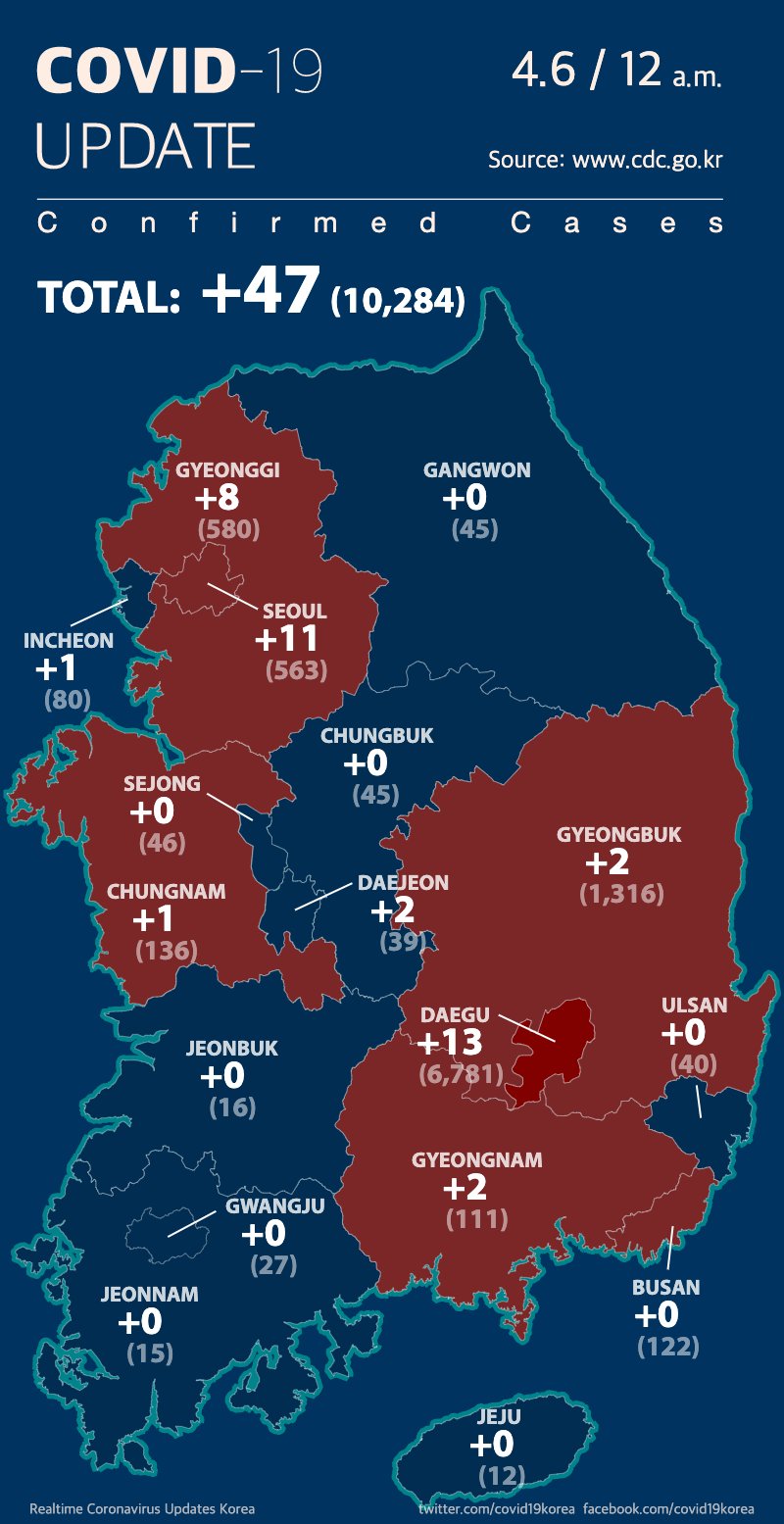How South Korea got on top of the situation with covid19 outbreak
A little more than a month later, since the covid19 outbreak had sparked in the middle of the country, life in South Korea is business as usual with toilet paper shelves fully stocked up in all local supermarkets.
While most of the countries are locked down under quarantine, South Koreans enjoy their spring time outside, watching the spring cherry blossom, flocking to parks and beaches, hiking and trekking as they usually do at this time of the year.
However, at the end of February, the whole world was watching South Korea struggling with the rapidly spreading covid-19 outbreak that had started in the fourth largest city in the country – Daegu.
A city of about 2.5 million people saw a surge in numbers of covid-19 patients in just about one week and had become a hotbed of the infected outside of China.
The reason was “patient 31” — the super-spreader, a woman who had started the initial outbreak in Daegu. The numbers of the infected skyrocketed after the patient 31 attended two services at her church with at least 9,000 fellow worshippers and infected hundreds. After the incident, controlling the virus was practically impossible.
The virus quickly spread to other cities in South Korea — the country is praised for its convenient and affordable transportation infrastructure. Furthermore, it started to spread beyond the country’s borders as asymptomatic patients were traveling outside of Korea.
More than 150 countries had suspended or completely shut down flights with the export-oriented Asian economic driver and the Korean economy took a nosedive.
Koreans were placed under quarantine all over the world with no warnings; a South Korean flight had to turn back after it had been rejected to land in Vietnam’s capital Hanoi on Feb. 29, to name one of many incidents.

The walls of the parliament were cracking under the heavy debates of the MPs, the president’s administration faced a massive backlash for not closing borders with China. Such global giants as Hyundai, Samsung, LG shut down their manufacturing assemblies.
At some point it seemed the country was in a complete chaos.
Yet at the same time, thousands of medics and military personnel volunteered to travel to Daegu in hopes to suppress the constant growing numbers of the infected patients, K-Pop stars and country’s entrepreneurs made donations.
However, the Korean government has undertaken a “test-track-treat” approach against the outbreak early on and the result we are witnessing today – there’s no quarantine, at least none is needed at the moment.
South Koreans showed once again that self-consciousness and responsibility can beat any outbreak. The majority had put on masks – it wasn’t questioned, while in general the government didn’t mandate to wear them but made a strong recommendation.
Strict social distancing rules and self-isolation procedures helped slow down the growth of the sick and today most of the infections are imported and quarantined right away at the Incheon international airport area.
Furthermore, South Korea’s test-kits and medical supplies are being exported worldwide today to help cope with the global numbers of the covid-19 patients and help flatten the curve.
Numerous governments had sought advice from the South Korean counterparts in hopes to contain the virus.
The lowest number of confirmed cases since the start of the outbreak was reported at the time of press, April 6, 10:30 am Korean standard time – 47 cases.
Reported by Dmitry Lee, founder of the biggest expat community in Kazakhstan https://www.facebook.com/groups/expatskz
(the author can be contacted on FB https://www.facebook.com/jan.furst.212)




